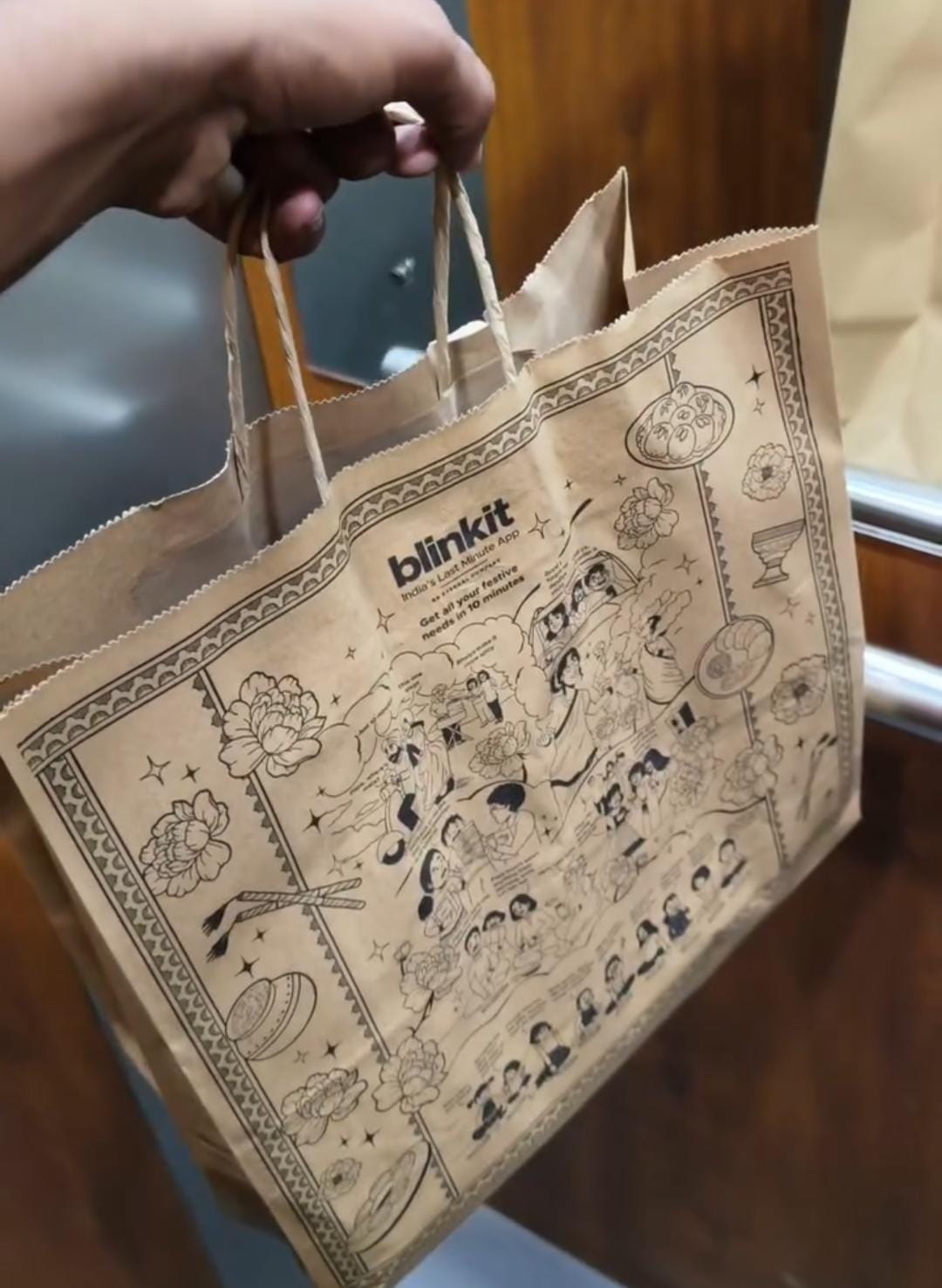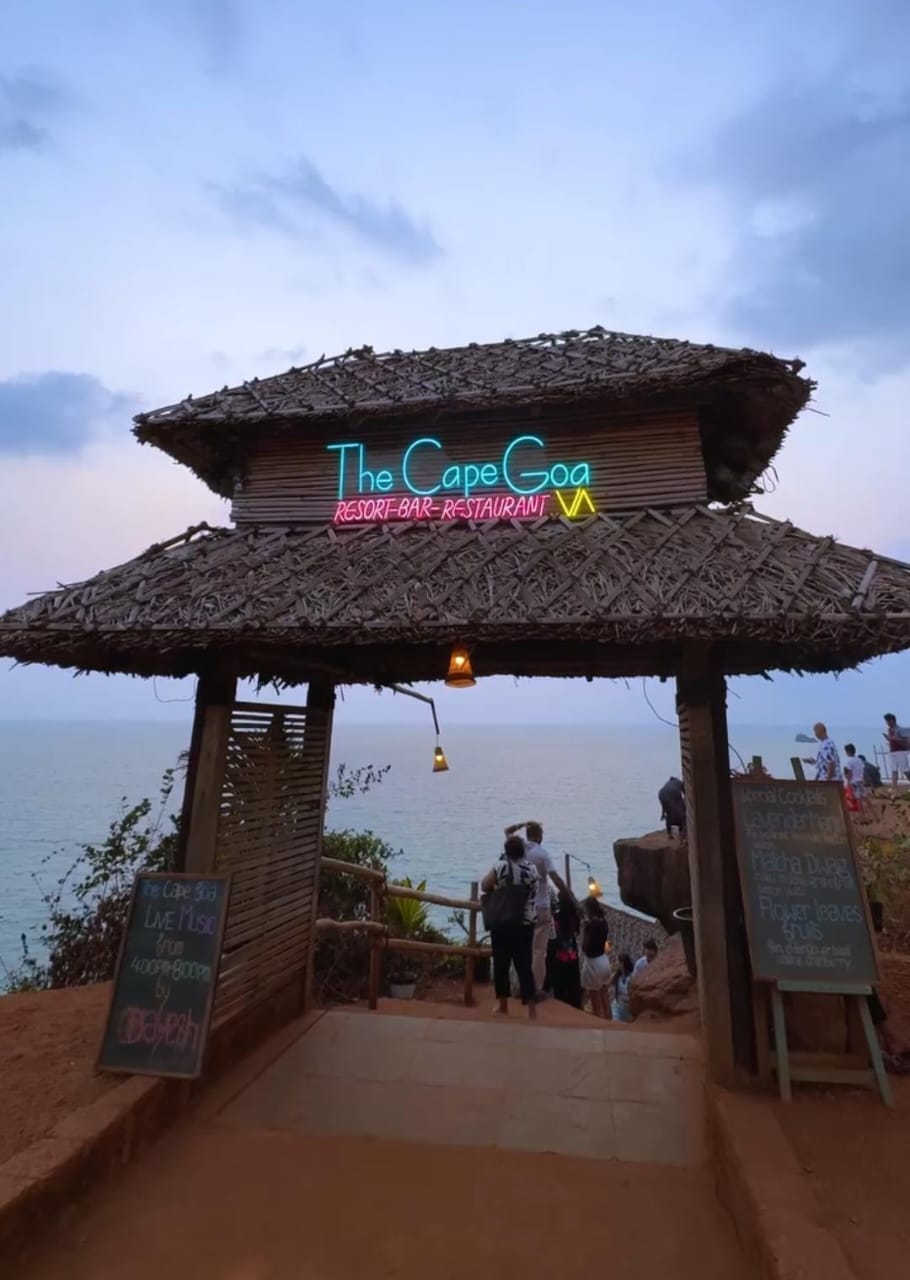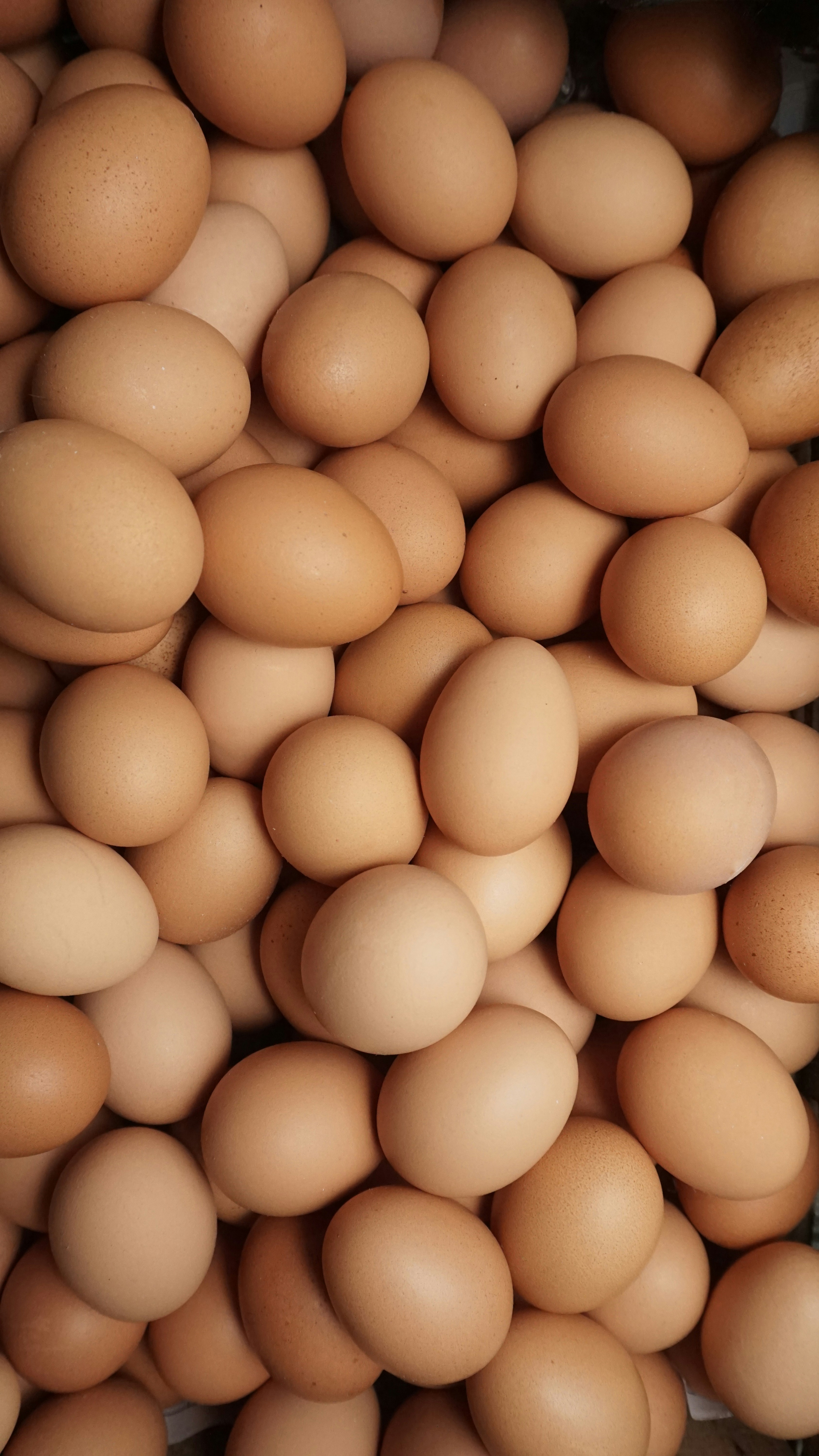There's a ritual many frequent fliers flying out of the Chennai Domestic Airport faithfully follow - a stop at the sweet shop in the Departures area for a box of Mysore Pak. There are two theories about the origins of the Mysore Pak. One of these origin stories took me to Guru Sweets, an eight-decade-old sweet shop in the heart of Mysuru that's run by the family of Kakasura Madappa. He was one of the culinary experts in the kitchens of the Mysore Palace and is credited to have invented this delectable, sweet treat about a century ago. Then there's another trail that took me to Ramnagara, a small town on the Bengaluru-Mysuru Road. The rocky surrounds of Ramnagara were the backdrop of one of Bollywood's evergreen classics - Sholay.
Both these spots defined the texture of a Mysore Pak. Locals in Mysuru and Ramnagara will tell you that the traditional Mysore Pak has to be porous - slightly hard on the outside and yet 'crumbly' when you bite into it. But that's not the Mysore Pak these frequent fliers usually buy at the Chennai Airport. Shri Krishna Sweets tweaked the traditional Mysore Pak (they call it a "Mysurpa'). This is a soft version of the Mysore Pak that melts in your mouth thanks to the extra bit of ghee that defines its texture. This was the sweet that flashed to my mind when I first tried another delicious sweet with its origins in southern Tamil Nadu - the Thirupagam.
While the traditional Mysore Pak is a combination of three ingredients - sugar, besan (gram) flour and ghee, the thirupagam adds two other ingredients to this mix. Milk and ground cashew nut powder give this sweet a more gooey texture. It's not quite a halwa and yet it's not quite a burfi. It's somewhere in between and that's the interesting part.
Each year after Diwali, devotees in and around Tamil Nadu and in countries like Malaysia and Sri Lanka observe the week-long Kanda Shasthi Vratam festival. Day 6 of the fast is the highlight of this festival and is observed as Surasamharam or Suranporu. A day that celebrates the killing of asuras by Lord Muruga (Karthik). It's celebrated in major Murugan temples like Palani and Tiruchendur as a triumph over evil forces and negative energy. The Tiruchendur Murugan temple usually offers three sweet dishes as part of its 'naivedya' to Lord Murugan. There's the akkaravadasal (a form of sweet Pongal), kalkandu (or sugar candy) rice and the Thirupagam. That's one reason why many homes across Tamil Nadu have now started preparing this sweet dish on the day of the Surasamharam. It's also prepared on other auspicious occasions.
Also Read:How To Cook Comforting Stews And Curries With Chow-Chow (Chayote Squash)
This sweet combines besan with powdered cashew nuts (you can also substitute this with ground almonds), milk, sugar and ghee (See recipe). This recipe also includes a pinch of camphor that is optional or can be substituted with a pinch of ground cardamom. It's easy to prepare and takes just about 15 minutes. The key is to make sure that no lumps form at any stage and to ensure that the mixture doesn't stick on the pan (which is why we recommend a good non-stick pan) at any stage. You can try this delicious recipe at home:
Thirupagam Recipe
Ingredients
- 1/2 cup Besan flour (Gram flour)
- 1/2 cup milk
- 1/2 cup ghee
- 1 cup sugar
- 1/2 cup cashew nuts
- 5 saffron strands (soaked in warm milk)
- A pinch of edible camphor(optional)
Method
- Powder the cashews fine in a blender and set aside.
- Add the besan flour to a non-stick pan. Add sugar to the besan flour immediately and mix well. Keep whisking to avoid lumps.
- Add milk and stir well. Whisk to ensure there are no lumps. Add the saffron soaked in milk to this mixture.
- Combine everything together.
- Now turn on the flame start heating in medium heat and keep stirring.
- Continue cooking until the mixture starts to thicken. Add one tablespoon of ghee and mix well.
- Then add the next spoons of ghee, repeat to finish almost all the ghee.
- Add the cashew powder once this mixture starts to thicken and mix well without lumps.
- Once the mixture thickens furthermore the mixture will become non-sticky like halwa.
- Add edible camphor and mix well.
- Switch off the flame. Transfer to a bowl and serve hot.
About Ashwin RajagopalanI am the proverbial slashie - a content architect, writer, speaker and cultural intelligence coach. School lunch boxes are usually the beginning of our culinary discoveries.That curiosity hasn’t waned. It’s only got stronger as I’ve explored culinary cultures, street food and fine dining restaurants across the world. I’ve discovered cultures and destinations through culinary motifs. I am equally passionate about writing on consumer tech and travel.










